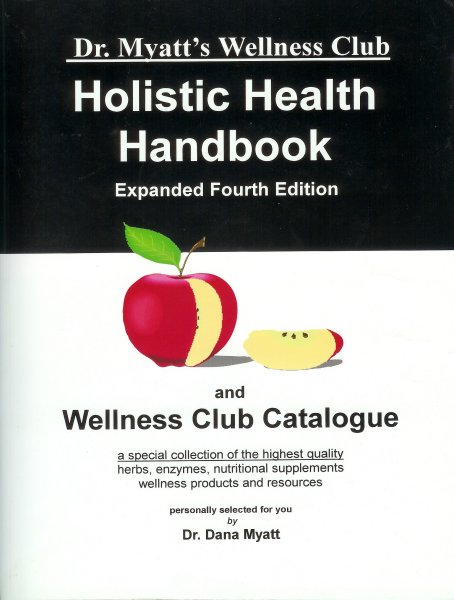Anti-Inflammation, Hormone Regulating Fats
Essential Fatty Acids, especially Omega-3 Essential Fatty Acids, are an absolute requirement in the human diet, hence the term “essential.” The American diet is grossly deficient in Omega-3 Essential Fatty Acids. Flax and fish oil are the primary sources of Omega-3 Essential Fatty Acids.
Deficiencies of Omega-3 Essential Fatty Acids contribute to subtle body-wide inflammation which in turn is associated with over 60 known diseases including:
- overweight and obesity
- heart disease
- cancer
- arthritis
- stroke
- allergies
- asthma
- autoimmune disease
- neurological disease
- psoriasis and eczema
- high blood pressure
The list above mentions only a few of the 60+ diseases associated with Essential Fatty Acid deficiency! Daily supplementation of Omega-3 Essential Fatty Acids is one of the healthiest choices one can make to prevent these many Essential Fatty Acid deficiency-associated diseases. The Essential Fatty Acids are SO important that the U.S. Government officially recommended in 2003 that Americans get more Omega-3 Essential Fatty Acids in their diet.
The best sources of Omega-3 Essential Fatty Acids are derived primarily from flax and fish oil (salmon is a rich source).
The Wellness Club Offers You 3 Convenient Choices for Omega-3 Essential Fatty Acid Supplementation:
Organic Flax Oil Capsules
Essential Fatty Acids in Capsule Convenience
Description- The richest source of alpha-linolenic acid, an essential Omega-3 Essential Fatty Acid. Only 100% certified organic flax seed is used, and the oil is mechanically cold-pressed below 96F to ensure potency and purity.
Suggested dose 1-2 Capsules, 3 times per day.
Dr. Myatt’s comment: Flax oil is the most cost-effective Omega-3 Essential Fatty Acid oil. Omega-3 Essential Fatty Acid oils are derived primarily from fatty fish and flax seeds. Supplementation with Omega-3 Essential Fatty Acids can “tip the scales” in favor of anti-inflammation.
Each (1) softgel capsule contains:
Flax seed oil – 1,000 mg, from 100% organic, unrefined virgin flax seed.
Average analysis:
Alpha-linolenic acid 550-600 mg,
Linolenic acid 160-200 mg,
Oleic acid 180-200 mg
Product # 149: Organic Flax Oil Capsules (180 softgel Caps) $16.95
Enter Quantity Desired and Click “Add To Cart” Button
Whole Flax Seed
Essential Fatty Acids PLUS Superior Fiber
Whole flax seeds are the very best way to obtain Omega-3 Essential Fatty Acids AND superior fiber. Consider these benefits:
- Flax oil is fragile and goes rancid quickly. When the Omega-3’s Essential Fatty Acids are released from freshly ground flax, the oil is absolutely fresh. No problems with rancidity! Whole flax seed is very stable and will keep for months, sometimes even years, in the unground state.
- Lignans: this special class of fiber is found in some vegetables, but highest in flax. Lignans are powerful anti-cancer agents that help keep hormone levels normal. Lignans may be more potent than the drug Tamoxifen for lowering / normalizing female estradiols. (Potent estrogens associated with cancer). Lignans also add to daily fiber consumption and help improve bowel tone.
Fresh flax is easily ground (takes about 6 seconds), adds easily to food or beverages (see recipes on page 130 of The Holistic Health Handbook) and has a sweet, mild, nutty flavor the whole family will enjoy.
Product # 924 (24 ouncess organic flax seed) $9.75
Enter Quantity Desired and Click “Add To Cart” Button
MAX-EPA (Omega-3 Fish Oil)
Nature’s Most Concentrated Essential Fatty Acids
Natural Marine Lipids (fish oils) in soft gel capsules supply Omega-3 Essential Fatty Acids in the most concentrated form available. Max EPA is processed at low temperatures without chemicals.
Each (one) capsule contains:
Marine Lipid concentrate – 1,000 mg
EPA (Eicosapentaenoic Acid) – 180 mg
DHA (Docosahexanoic Acid) – 120 mg
Vitamin E – 2 IU
Suggested Dose: 3-6 capsules per day with meals.


 Stress burns nutrients like a fighter plane burns jet fuel.
Stress burns nutrients like a fighter plane burns jet fuel. Cayenne (Capsicum frutescense) is a circulatory stimulant, used for Atherosclerosis, poor circulation, shock, hemorrhage, heart attack. It is synergistic with many herbs.
Cayenne (Capsicum frutescense) is a circulatory stimulant, used for Atherosclerosis, poor circulation, shock, hemorrhage, heart attack. It is synergistic with many herbs. Chitosan is a weight-loss aid from the sea. Chitosan, a fibrous material derived from the outer shell(exoskeleton) of crustaceans, absorbs dietary fat and carries it through the G.I. tract without being digested. Chitosan also helps lower cholesterol levels. Unlike dangerous and ineffective diet drugs which have marginal weight-loss benefits, chitosan has proven more effective for weight loss. It also has been shown to lower blood pressure in weight loss studies.
Chitosan is a weight-loss aid from the sea. Chitosan, a fibrous material derived from the outer shell(exoskeleton) of crustaceans, absorbs dietary fat and carries it through the G.I. tract without being digested. Chitosan also helps lower cholesterol levels. Unlike dangerous and ineffective diet drugs which have marginal weight-loss benefits, chitosan has proven more effective for weight loss. It also has been shown to lower blood pressure in weight loss studies.

 Chromium is an important mineral in glucose (blood sugar) regulation and energy production. Deficiencies of Chromium are associated with:
Chromium is an important mineral in glucose (blood sugar) regulation and energy production. Deficiencies of Chromium are associated with:




